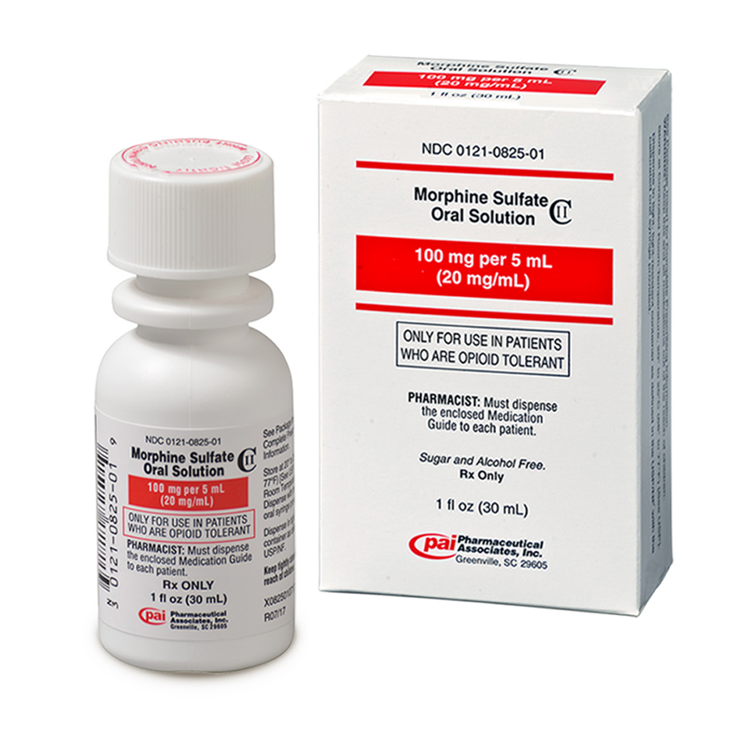A nurse is preparing to administer a unit of red blood cells. The nurse's responsibility is to compare and verify the information on the blood label with the client's information. Which of the following should the nurse use as the priority source of verification?
Medication administration record
Identification wristband
Order sheet
Chart
The Correct Answer is B
Choice A reason: The medication administration record is an important document, but it is not the primary source for verification before administering blood products. It is used to record the administration after the fact.
Choice B reason: The identification wristband is the priority source for verification. It contains the client's essential information, such as name and hospital ID, which must match the blood product label to ensure patient safety⁸.
Choice C reason: The order sheet contains the physician's orders, which is crucial for verifying what has been prescribed but is secondary to the identification wristband for the actual administration process.
Choice D reason: The chart contains a comprehensive record of the client's medical history and care but is not the primary source for verification when administering blood products.
Nursing Test Bank
Naxlex Comprehensive Predictor Exams
Related Questions
Correct Answer is C
Explanation
Choice A: Sleepy, but arousing when the name is called
Feeling sleepy after receiving morphine is a common side effect. However, the fact that the client can be aroused when their name is called suggests that this is not necessarily an adverse effect.
The nurse should continue monitoring the client but may not consider this as a significant adverse reaction.
Choice B: Pain level of 6 on a scale from 0 to 10
Pain relief is one of the intended effects of morphine. Therefore, experiencing pain reduction is not an adverse effect.
The nurse would likely view this as a positive response to the medication.
Choice C: Respiratory rate of 8/min
A respiratory rate of 8 breaths per minute is significantly low and indicates respiratory depression, which is a serious adverse effect of morphine.
The nurse should be concerned about this finding and take appropriate action.
Choice D: SaO2 94%
An oxygen saturation (SaO2) level of 94% is within the normal range (usually 95% or higher). It is unlikely to be directly related to morphine administration.
While this value is not concerning, the nurse should continue monitoring the client's oxygen saturation.

Correct Answer is C
Explanation
Choice A reason: This choice is incorrect. Painless, raised purple nodules on the hard palate are not typically indicative of squamous cell carcinoma.
Choice B reason: This choice is incorrect. A small macule with a yellow-brown scale does not describe squamous cell carcinoma, which often presents as a firm nodule with a scaly crust.
Choice C reason: This is the correct choice. Squamous cell carcinoma can present as a firm nodule with a hard, scaly crust on the skin.
Choice D reason: Yellow white patches of growth on the tongue are more indicative of conditions such as oral leukoplakia, not squamous cell carcinoma.

Whether you are a student looking to ace your exams or a practicing nurse seeking to enhance your expertise , our nursing education contents will empower you with the confidence and competence to make a difference in the lives of patients and become a respected leader in the healthcare field.
Visit Naxlex, invest in your future and unlock endless possibilities with our unparalleled nursing education contents today
Report Wrong Answer on the Current Question
Do you disagree with the answer? If yes, what is your expected answer? Explain.
Kindly be descriptive with the issue you are facing.
